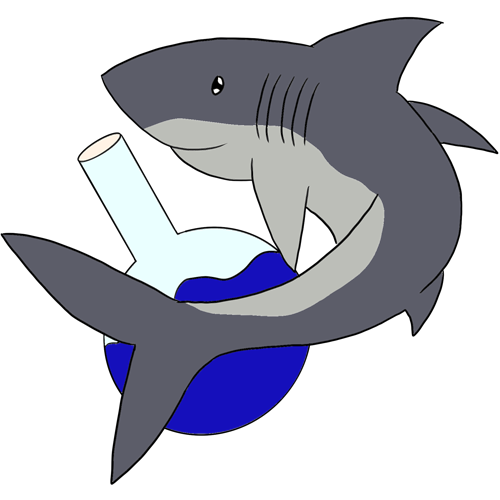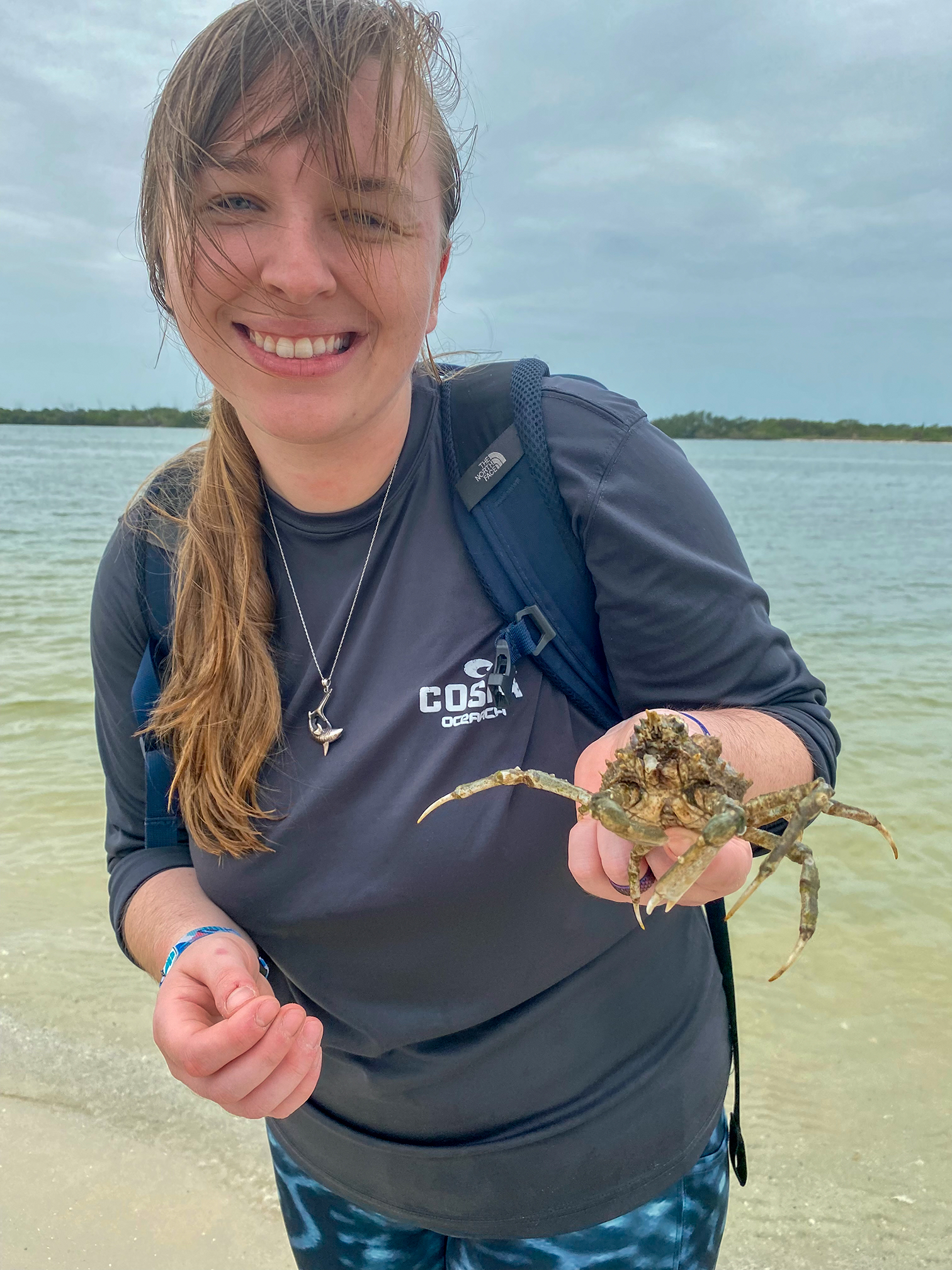When going outside, do you ever take a moment to look around and see all the amazing plants and animals that inhabit your local area? While you can (and should) take some time to discover your own backyard wherever you are, we wanted to take a moment to show you just how amazing the area around you can be if you just take a moment to observe it!
Tools are an important part of discovery, but you don’t need anything too fancy to find many plants and animals that are around you. Here’s some items you can find at a local Target or Walmart pretty easy (or even around your house!) that can help you find some amazing aquatic critters!
- A dip net: this is a smaller net with a handle used for collecting animals from areas where you can stand, to use this you would lightly drag the net over the sand to catch any organisms that are hiding or living in the area
- Collection cups or buckets (or both): these are used to help view the organisms you catch, you can use anything from fancy glass containers to Tupperware from the kitchen! If you want to save your catch make sure to have a larger bucket to hold your organisms so they don’t get too stressed out, and make sure to return them back home when you are done observing
- Optional- mask and snorkel: While you don’t need to be swimming to find some neat organisms, you may get to see some other organisms that are harder to catch, or even just see the native plants and animals in their natural habitat
- Optional- An ID guide or app such as Florida’s Living Beaches or Seek by iNaturalist: these are great for figuring out what you have found and discovering some more information about the specimen
- Optional- a camera: You should always return your specimen back to its home so they can live a happy and healthy life, but you can always take a picture of what you found to remember it forever! Remember: Take only pictures, leave only footprints!
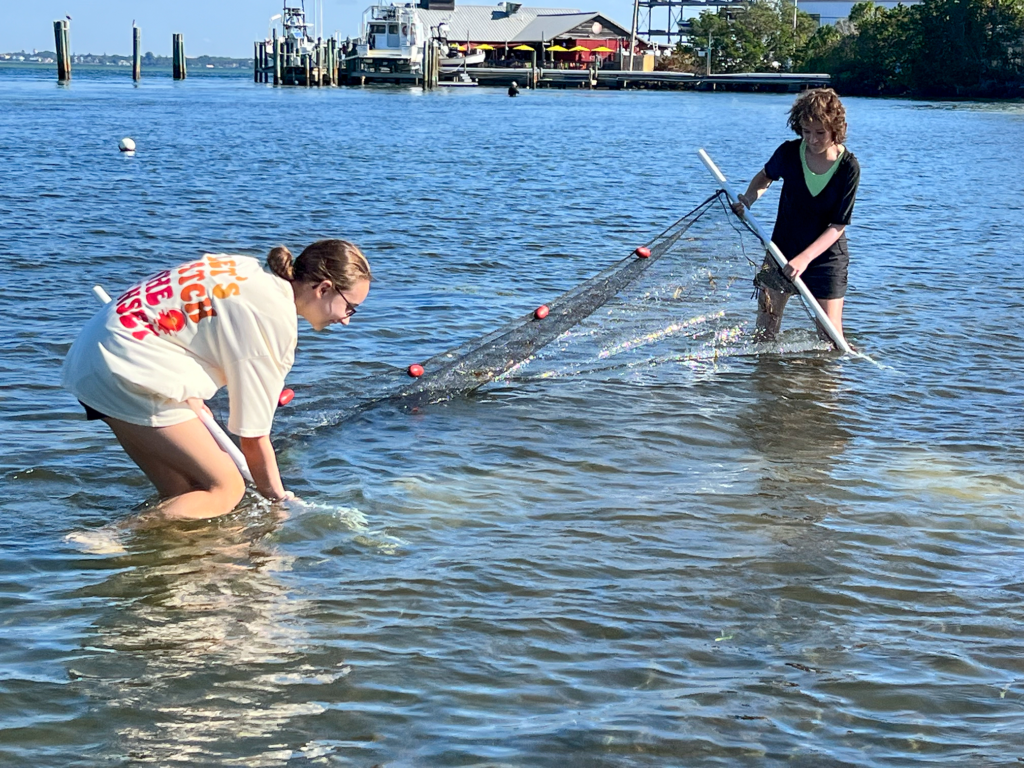
Down here in Southwest Florida we have some amazing habitats to observe, such as seagrass beds, beaches, and mangrove forests that are easily accessible and can be found all around the bay area! Many of these bay area locations are what is known as estuaries. Estuaries are regions where the tide of the ocean meets with freshwater from the rivers on land creating brackish water. These areas are home to many juvenile fish and shellfish species, about 80-90% of our commercially valuable fish and shellfish species spend at least one part of their life cycle in these estuaries, hence the nickname “nurseries of the sea”. These areas are also home to many bird species, and even help protect the mainland from large storms! Now a beach on the other hand is a little less specific. Beaches are pebbly or sandy shores that are usually by the ocean between high and low tide marks. You can find many different types of organisms around different parts of the beach. In regions closer to the water you are more likely to find aquatic crabs, fish, and other more strictly aquatic organisms. The farther away you get from the water, the more likely you are to find land dwelling crabs, birds, and maybe even a beach mouse!
Here is a sampling of some of the amazing finds we have had in the local Sarasota Bay area!
Invertebrates
Crustaceans
- Spider Crab: roughly triangular in shape and very heavily calcified, with a carapace about 4 in (100 mm) long and a leg span of 12 inches (300 mm). The whole crab is khaki, and the carapace is covered in spines and tubercles, and, as with other decorator crabs, often clothes itself in debris and small invertebrates.
- Blue Crab: A species of swimming crab that is named after the sometimes bluish color of its arms and carapace. You can easily tell the difference between males and females by the shape of the abdomen (t shape in males and dome shaped in females)
Echinoderms
- Urchin: spiny cousins to the starfish, these invertebrates move with the help of their tube feet that are easily seen if you place one in a clear glass bowl or container, they also like to decorate themselves with shells, rocks and other debris for protection
- Brittle Star: Starfish that have thin, serpent like arms and a round disk-like body
- Sea Star: traditional starfish shape, colors and patterns depend on species, the arms and tube feet help the starfish move
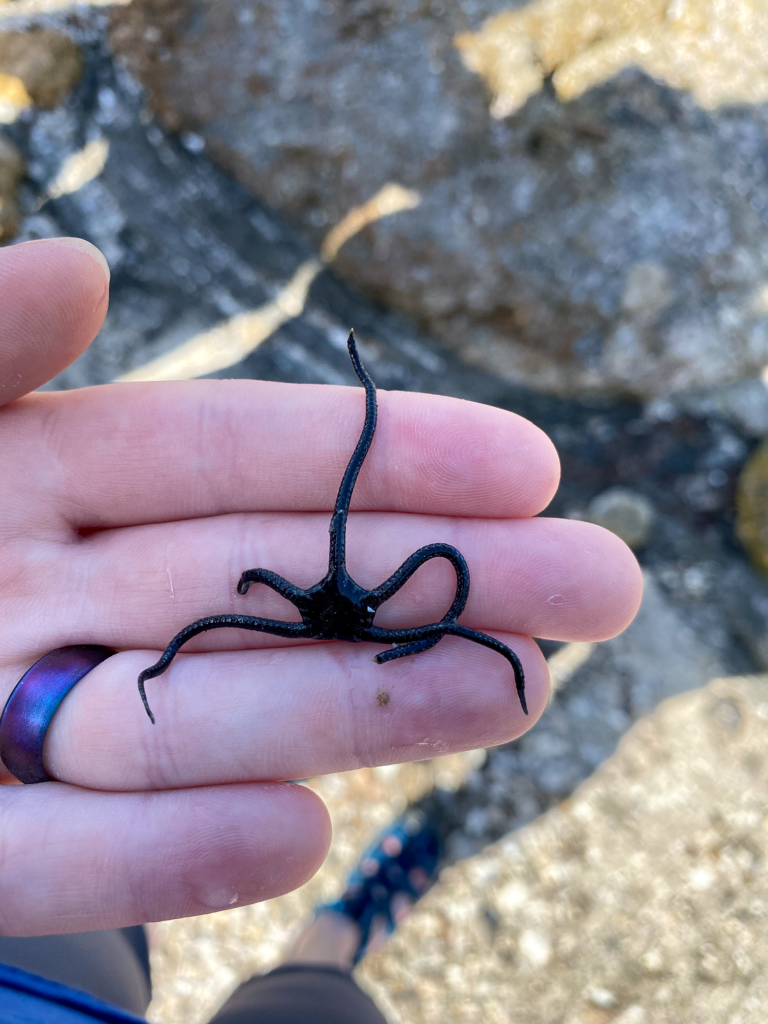
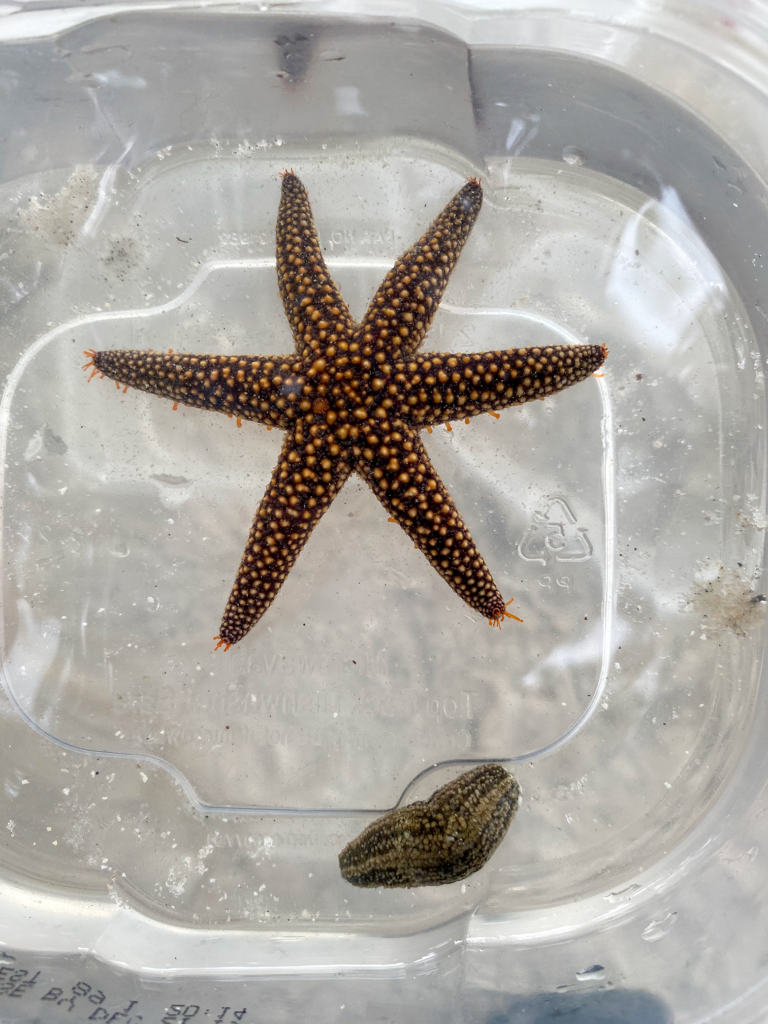
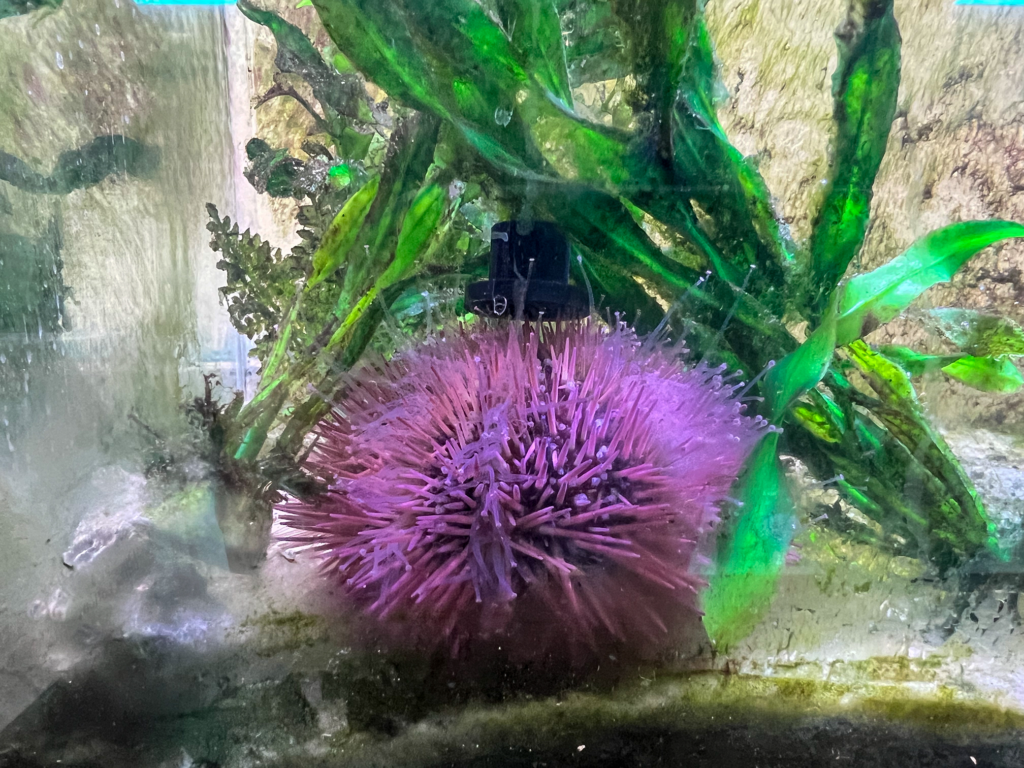
Sea Hares
- Mottled Sea Hare: Grows up to 40 cm long, is a gastropod which is a type of sea slug, uses parapodia to “swim” in the water, has a bright violet-colored ink
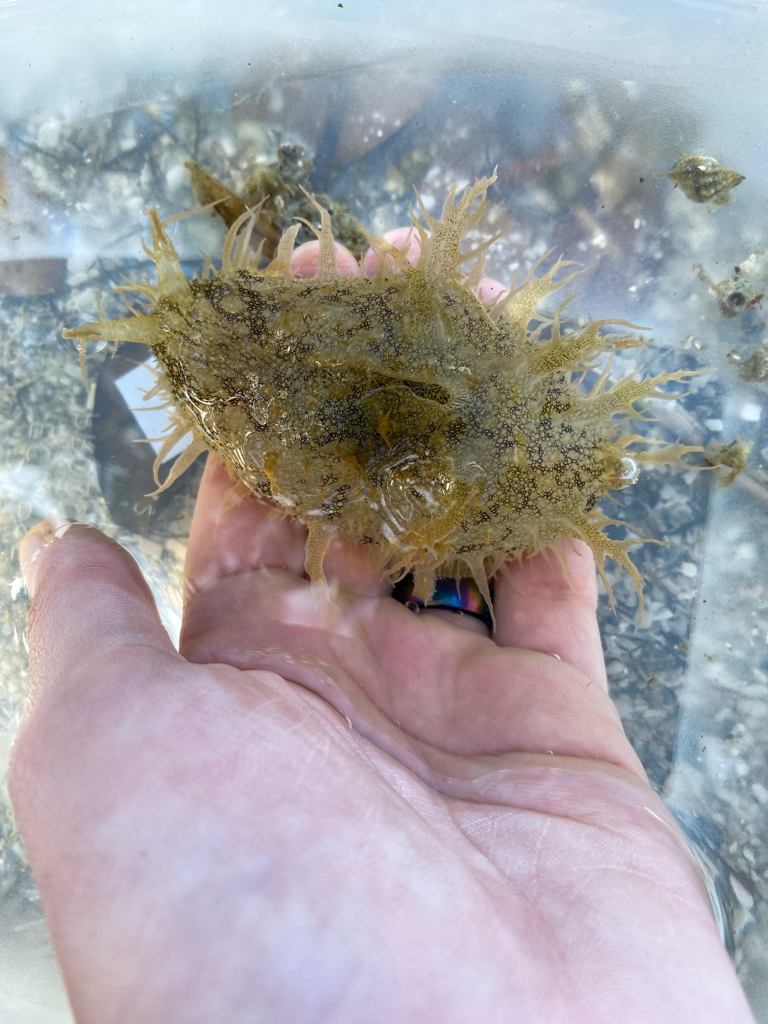
Jellies
- Cassiopeia: “Upside Down Jellyfish” instead of the traditional jellyfish mantle (or bell) facing up, the mantle of this jellyfish is on the bottom because of its symbiotic relationship with dinoflagellates that require light energy to survive
- Moon Jelly: traditional jellyfish shape and look, mostly invisible bell on top with tentacles coming off the mantle, typically has heavily visible horseshoe shaped gonads
Vertebrates
Fish
- Pin Fish: small fish usually growing to only 4.5 in, has a silvery sheen with vertical bars on the side, the dorsal fin has 12 rigid spines capable of puncturing skin
- Scorpion Fish: bottom dwelling fish with camouflage colors to blend in with the bottom of its habitat, have sharp spines coated with venomous mucus
- Dwarf Seahorse: grows to a length of about 2.5 cm, found in many colors and appear to be a ‘baby seahorse” but are usually fully grown, may have speckles or spots on the skin
- Lined Seahorse: can grow to about 5.9 in and can be found in many colors from greys and blacks to greens and reds, swims erect and has a typical seahorse shape
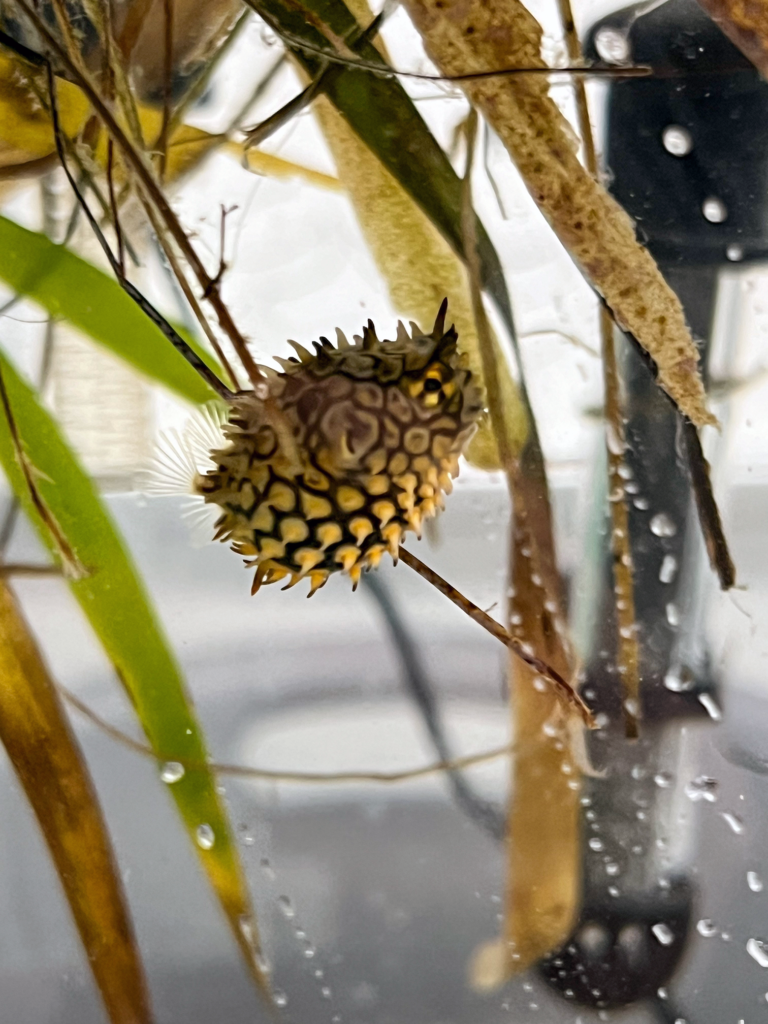
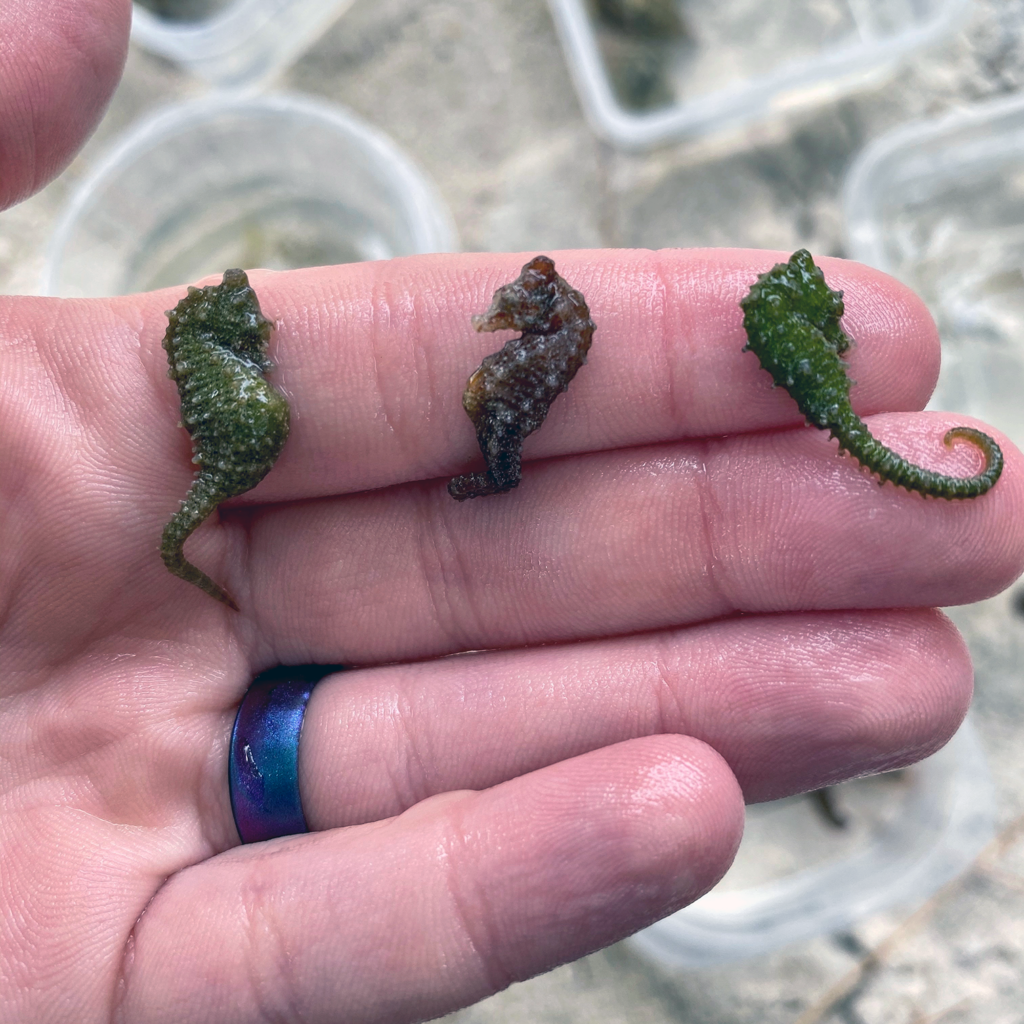
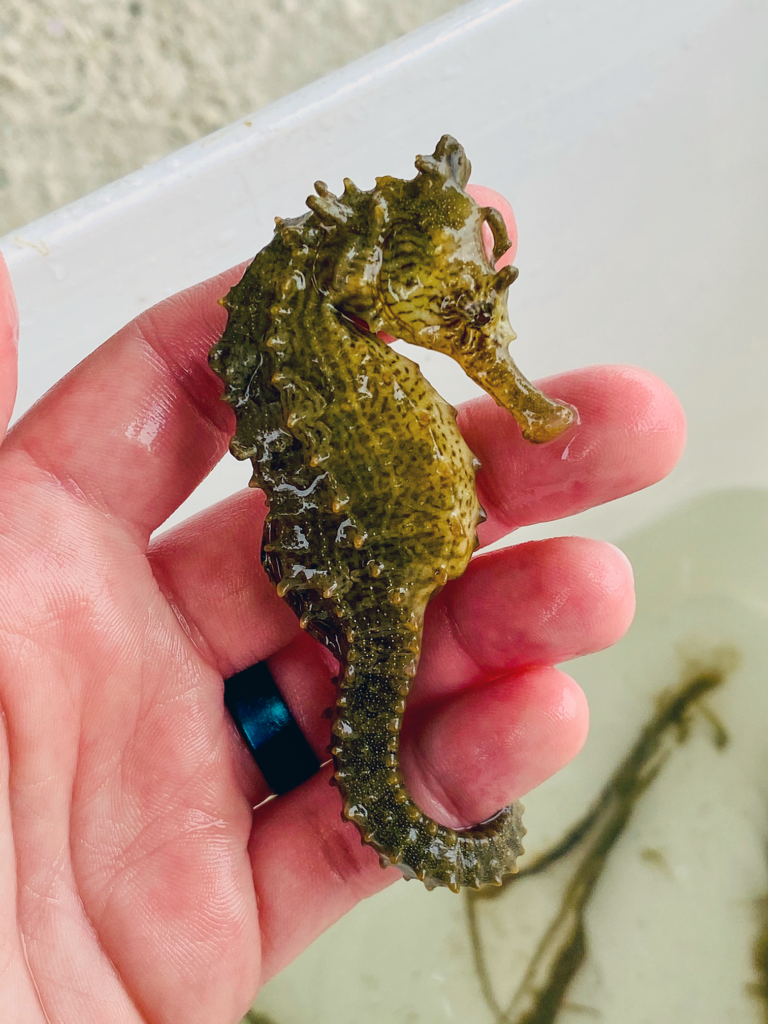
Birds
- Great Blue Heron: large wading bird, can be up to 54 in tall from head to tail, usually a slate grey color with red-brown thighs and have a black and white streak on the front of its body with a nearly white face
- Great Egret: large heron with all white coloring, with yellow beak and black feet
- Snowy Egret: smaller heron with all white coloring, black beak and yellow feet
- Brown Pelican: Diving bird, characterized by large beak and throat pouch, breeding feathers have a white head with yellowish wash on the top of the head
- Cormorant: Diving bird, long neck that may sometimes look like a snake appearing out of the water from afar, dark colored feathers, can be found diving around boats and kayaks or drying its feathers on land
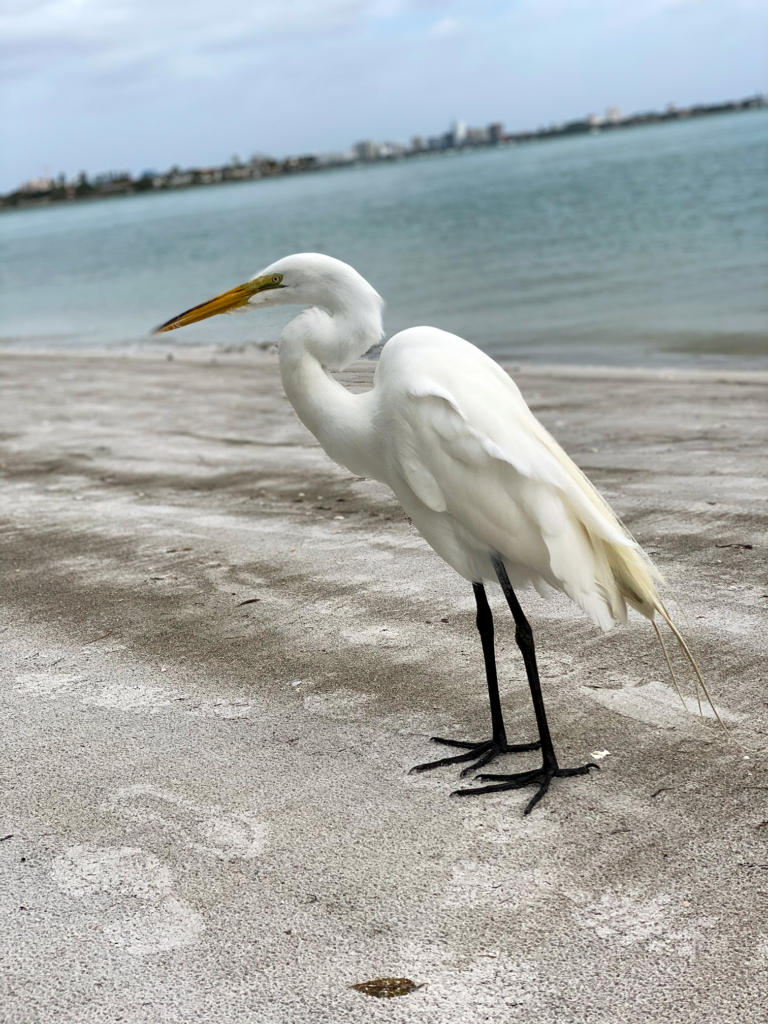
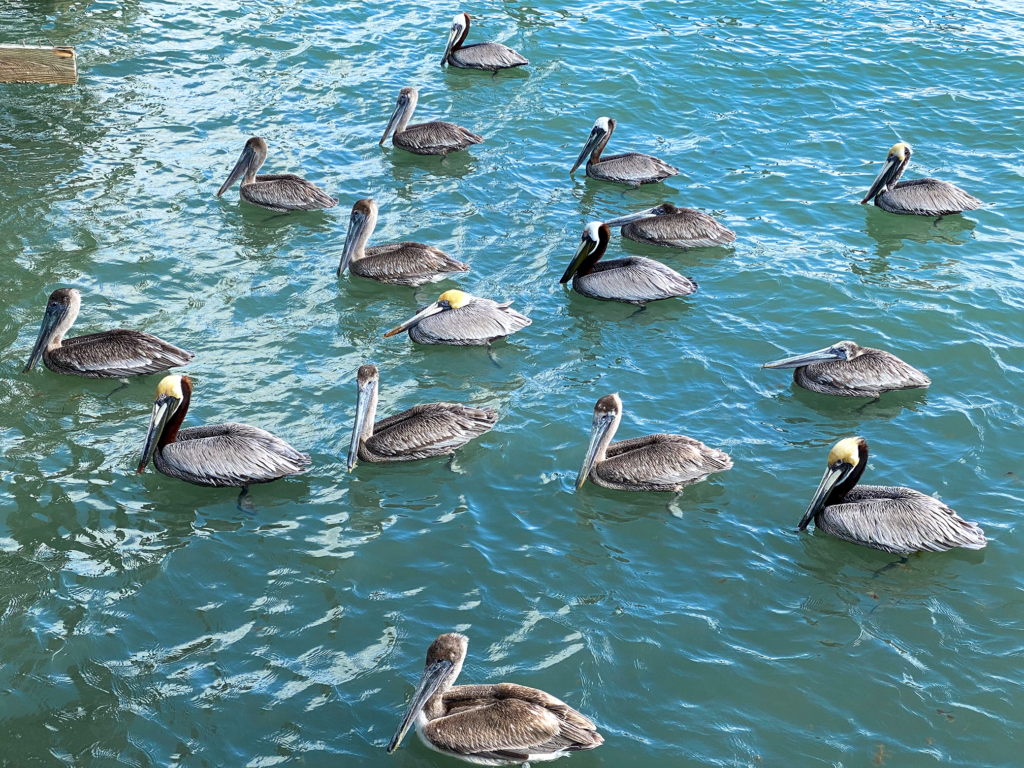
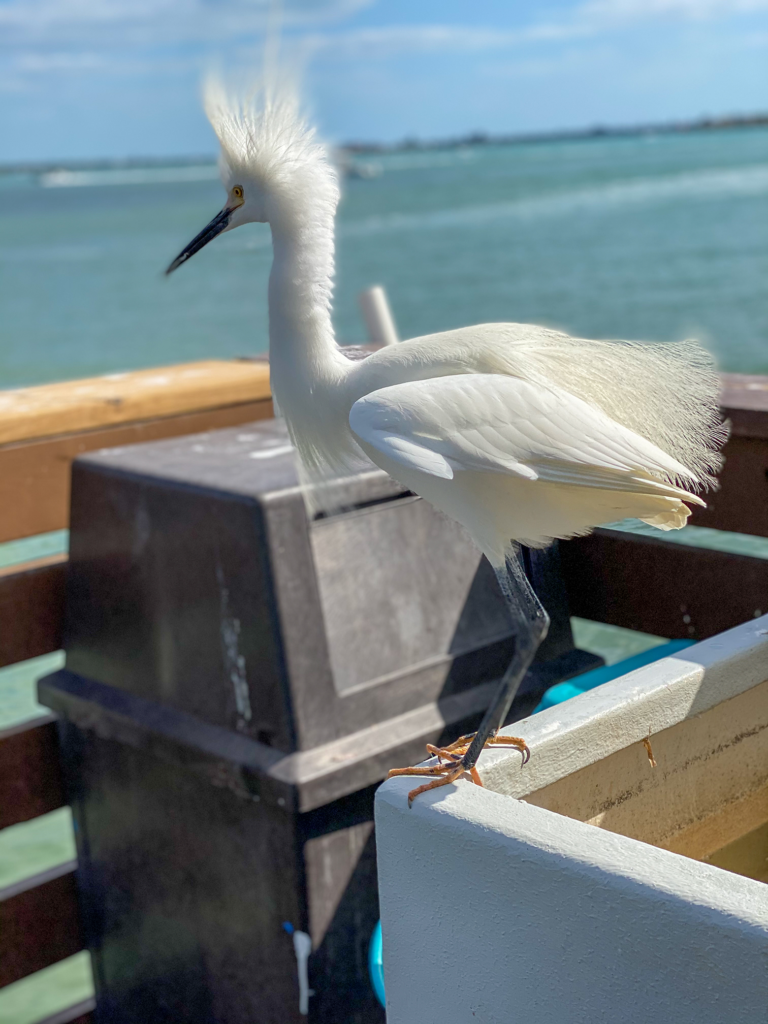
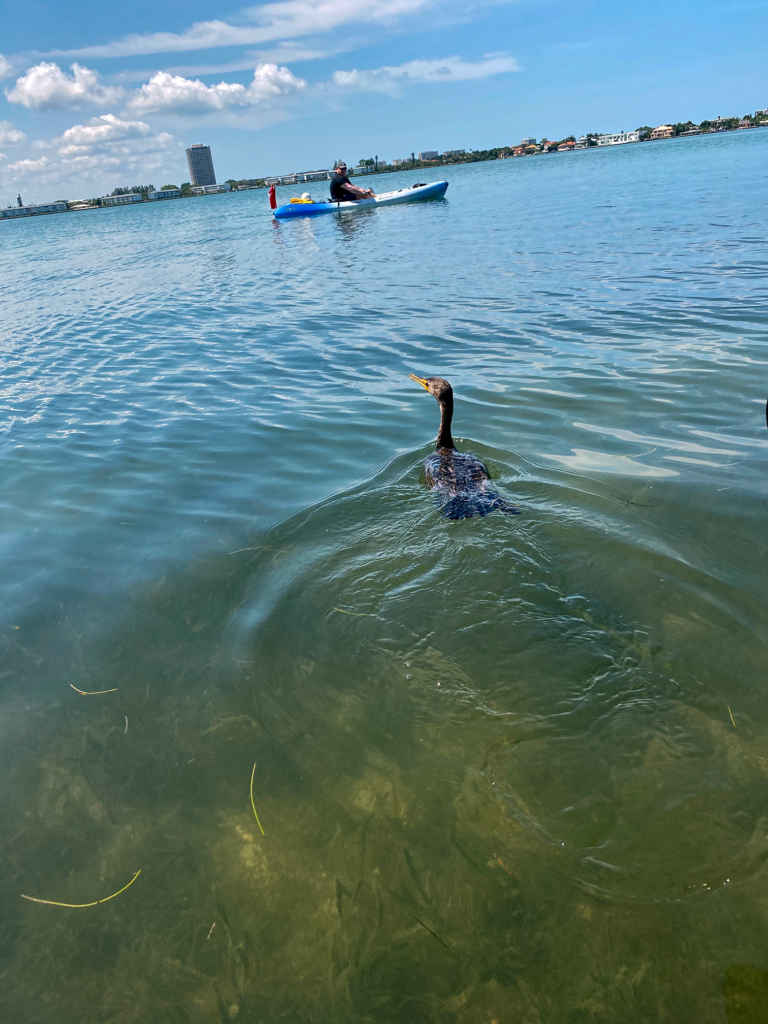
Mammals
- Florida Manatee: can be lengths of up to 11.5 feet, has a paddle like tail used for propulsion, thick skin and body, grey in color but may have algae or other biota living on it, large snout that can be seen protruding from the water when they come up for air
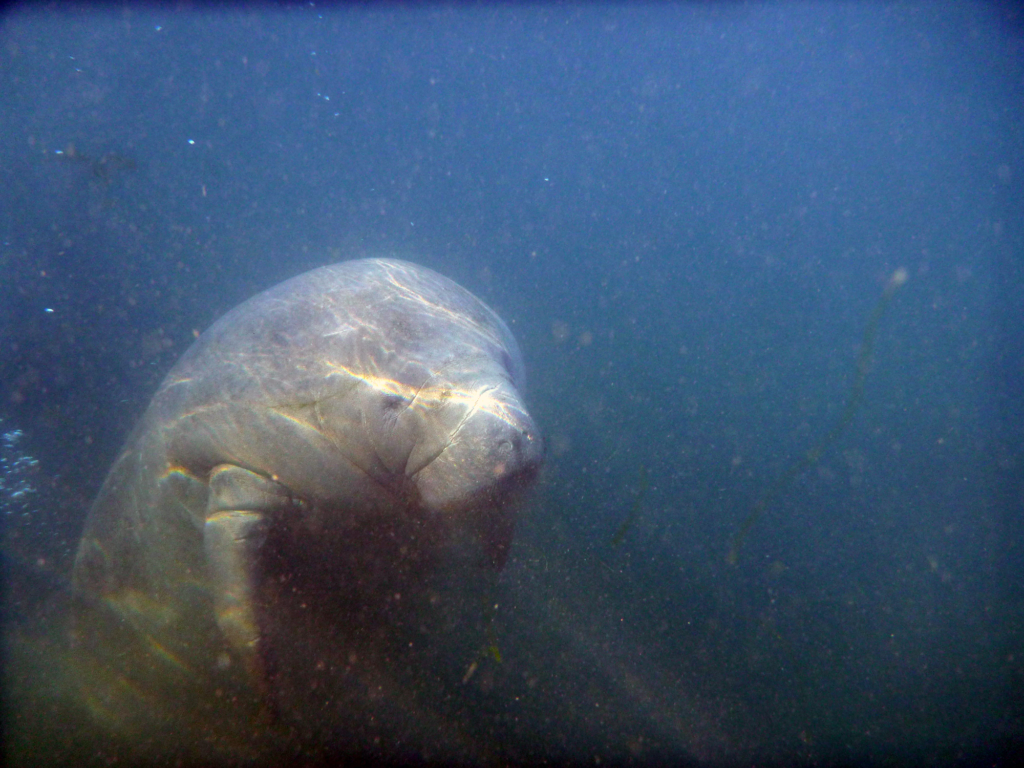
These animals are such a wonderful and crucial part of our local ecosystem. Using your own local ecosystems to teach students helps to cement a love of their local area and a need to protect and care for the region. I would love to see what other wonders can be found in the local and surrounding areas for your students to explore!
